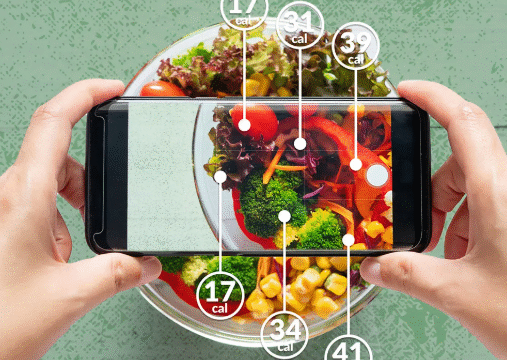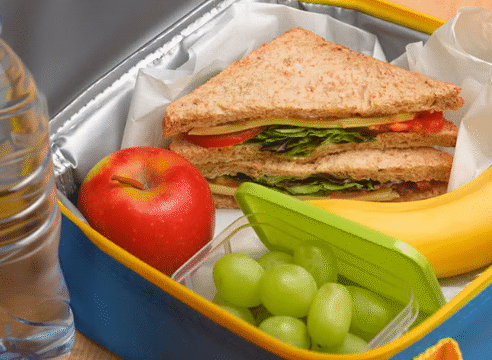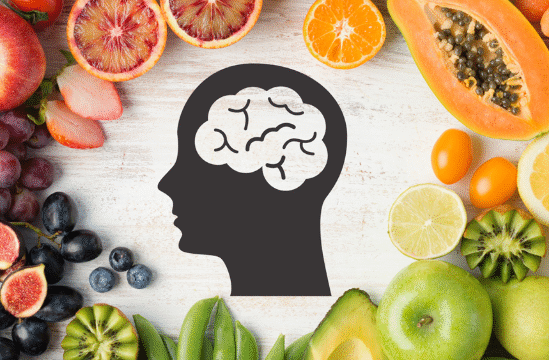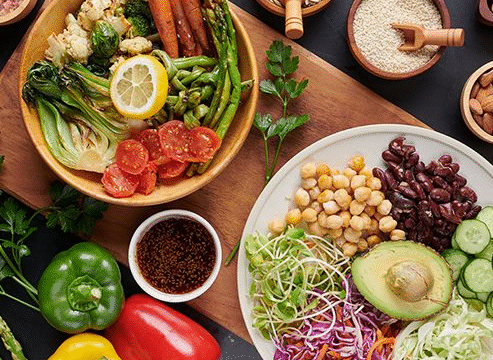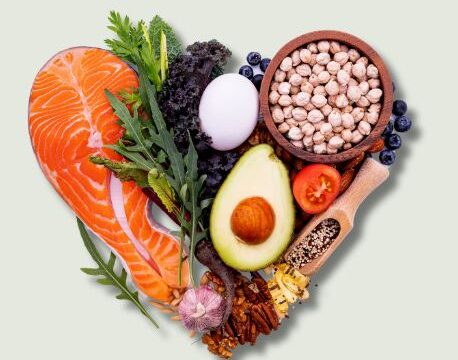Freezing low GI meals is one of the smartest ways to save time, reduce food waste, and maintain a balanced diet throughout the week. Many people believe that frozen meals are less nutritious or don’t taste as good, but when prepared correctly, frozen low GI meals can be just as fresh and delicious as those made on the spot. The key is knowing what to cook, how to portion, and how to store the food so that its texture, flavor, and glycemic integrity stay intact.
Low GI meals are those that cause a gradual rise in blood sugar, providing steady energy and avoiding the spikes and crashes associated with high GI foods. These meals often include ingredients like lentils, whole grains, vegetables, lean proteins, and healthy fats. By freezing them properly, you can enjoy the benefits of these foods anytime without compromising on quality or nutrition.
To begin, it helps to understand which foods freeze best. Many low GI staples such as brown rice, quinoa, barley, and legumes hold up beautifully in the freezer. Cooked lentils and beans maintain their texture when reheated, especially if slightly undercooked before freezing. Whole grain pasta also freezes well if it’s cooked al dente, preventing it from turning mushy later. Vegetables like broccoli, spinach, carrots, and peas retain their nutrients and crunch when blanched before freezing. Blanching involves briefly boiling them, then immediately plunging them into ice water to stop the cooking process. This step helps lock in color, texture, and nutrients.
Protein is another essential part of low GI meals. Cooked chicken breast, turkey, tofu, fish, and lean beef can all be portioned and frozen for later use. To prevent freezer burn, wrap them tightly in freezer-safe packaging or use airtight containers. For convenience, divide your proteins into individual servings. That way, you can easily defrost just what you need without thawing the entire batch. If you prefer plant-based meals, items like lentil stews, chickpea curries, and vegetable chili are perfect for freezing and reheating with minimal effort.
One of the biggest concerns when freezing meals is maintaining the right texture. Soups, stews, and casseroles are ideal candidates because their flavors deepen as they sit. A low GI lentil soup or vegetable curry, for example, often tastes even better after being frozen and reheated. Dishes that include yogurt or milk should be avoided, as dairy tends to separate and become grainy after freezing. Instead, add dairy elements after reheating, such as a dollop of Greek yogurt or a splash of milk for creaminess.
Portioning your meals before freezing can make a huge difference in convenience and freshness. Allow your cooked food to cool completely before storing it. Placing hot food directly into the freezer can raise the internal temperature, causing uneven freezing and potential bacterial growth. Once cooled, divide the food into serving sizes that match your typical meals. Label each container with the contents and date so you can keep track of freshness. Most low GI meals can stay in the freezer for up to three months without losing quality.
Reheating properly is just as important as freezing correctly. When it’s time to enjoy your meal, thaw it in the refrigerator overnight for the best results. This gradual thawing helps preserve texture and flavor. For soups, stews, and curries, you can reheat directly from frozen on the stove over low heat, stirring occasionally. Add a splash of water or broth if the dish appears too thick. Avoid microwaving frozen meals on high power right away, as uneven heating can cause some parts to overcook while others stay frozen. Instead, use medium power and stir halfway through to ensure even heating.
When planning which low GI meals to freeze, choose recipes that include a balance of carbohydrates, proteins, and healthy fats. For example, a batch of quinoa and roasted vegetable bowls with grilled chicken makes a perfect freezer-friendly lunch. You can also freeze single portions of slow-cooked beef stew made with barley, or lentil bolognese sauce to pair with whole grain pasta later. Cooked sweet potatoes, another low GI favorite, freeze wonderfully. Simply mash or cube them and store them in airtight containers.
It’s worth noting that sauces and marinades can also be frozen separately. Low GI sauces such as tomato-based pasta sauce or coconut curry sauce can be stored in small portions using ice cube trays. Once frozen, transfer the cubes into freezer bags and use them as needed. This approach makes it easy to add flavor to fresh or reheated ingredients without preparing an entire batch every time.
Another useful technique is flash freezing, which works especially well for items you want to keep separate rather than sticking together. Spread cooked items like grilled chicken slices or roasted vegetables on a tray and freeze them for about an hour before transferring to containers. This method allows you to take out just the right amount later instead of dealing with clumps of frozen food.
Proper organization in your freezer makes a big difference in keeping your meals accessible and safe. Arrange the containers so that newer items are placed in the back and older ones in the front, following a “first in, first out” system. Transparent containers are helpful since you can quickly see what’s inside without opening them. Keeping a small list of frozen meals on your fridge door can also remind you of what’s available, reducing the chances of food being forgotten and wasted.
The beauty of freezing low GI meals lies in how it supports both health and practicality. When life gets busy, having nutritious meals ready to go prevents the temptation to grab high GI snacks or fast food. Instead, you can enjoy dishes made from wholesome ingredients that sustain energy levels and promote better overall well-being.
Freezing also gives you more flexibility with meal planning. You can cook larger quantities when you have time and energy, then store them for later. This habit not only saves money but also reduces stress during busy workweeks. Additionally, freezing helps cut down on food waste since you can preserve extra portions rather than letting them spoil in the refrigerator.
In the end, learning how to freeze low GI meals effectively turns your kitchen into a resource of ready-made healthy options. Whether you prepare hearty soups, balanced grain bowls, or protein-rich stews, the secret lies in using proper storage techniques and gentle reheating methods. With a little preparation, your freezer can become a reliable source of nourishment that aligns perfectly with your low GI lifestyle.
Eating well doesn’t always mean cooking from scratch every day. By mastering the art of freezing, you make low GI eating more convenient, sustainable, and enjoyable. Over time, you’ll discover which meals suit your taste and storage preferences best, allowing you to create a personalized collection of frozen favorites that fit your schedule and your health goals.

